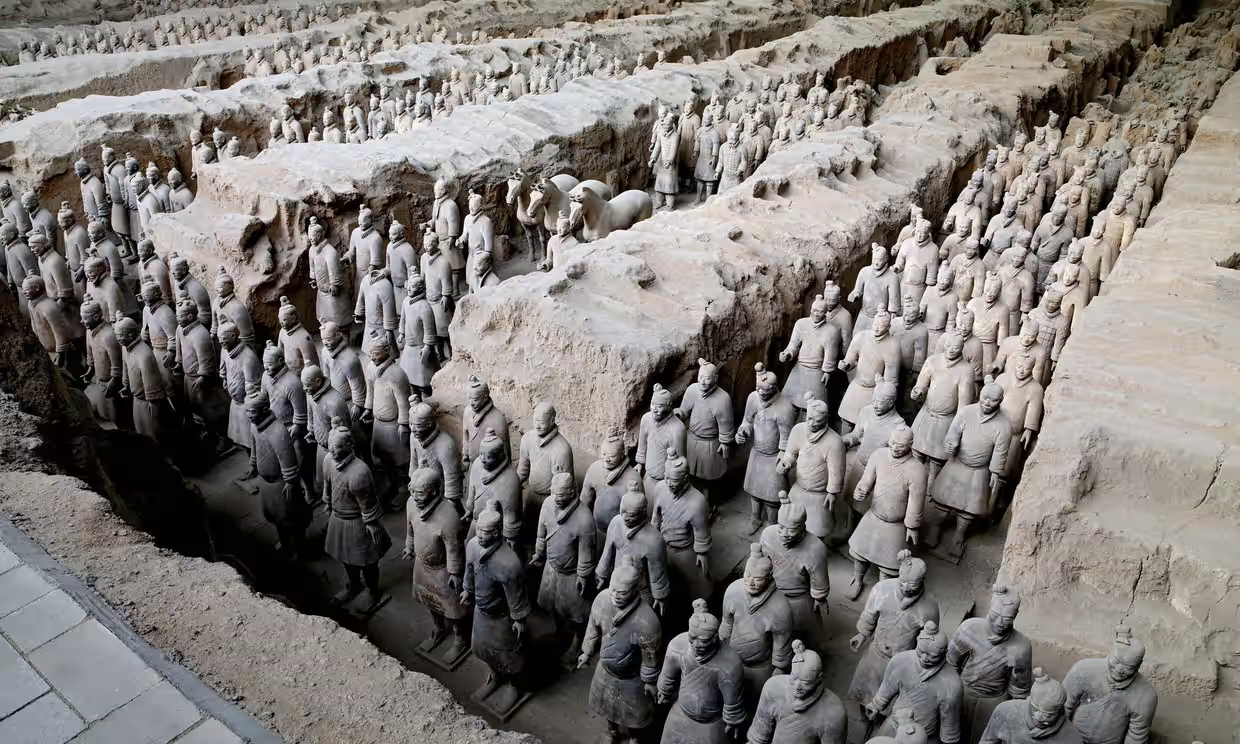BY THE ARCHAEOLOGIST EDITOR GROUP
The 8,000 soldiers of the Terracotta Army, who have been guarding the tomb of China's first emperor for more than 2,000 years, may have drawn inspiration from Greek artisans. They are among the most famous Chinese sculptures ever created.
The astonishingly lifelike likeness of the warriors, according to archaeologists and historians studying them, may have been influenced by ancient Greek sculptures that arrived in China or possibly by Greek sculptors who traveled there to impart their designs.
Senior archaeologist Li Xiuzhen said recent discoveries were challenging conventional wisdom regarding the extent of contact between Asia and Europe more than 1,500 years before Marco Polo's travels, including the recovery of ancient European DNA from sites in Xinjian province from the time of the first emperor.
"We now have proof that, prior to the official opening of the Silk Road, there was frequent communication between the western world and the China of the first emperor. This is much sooner than we previously believed, she remarked. We now believe that ancient Greek sculptures and art served as inspiration for the Terracotta Army, the acrobats, and the bronze statues that were discovered on the site.
A member of the team researching the origin of the statues and head of Asian art history at Vienna University, Lukas Nickel, said: "I imagine that a Greek sculptor may have been at the site to train the locals."
In 1974, a farmer in Xi'an who was alarmed to find a human face peering up at him from among the cabbages unearthed the Terracotta Army. There have been many other terracotta soldier pits discovered, although the earlier ones are usually quite stylized and small. The life-size statues from Xi'an, defending the first emperor Qinshihuang, are carved in exquisite detail, down to their intricate hairdos and the decorative knots used to fasten different parts of their armor.
The magnitude of this extremely early trade has already been demonstrated by archaeological finds from both eastern and western sites. Although many of the trade routes were much older, the Silk Road, with its caravan stops and commercial centers, was formally created in the third century AD by the Han dynasty. Chinese historians documented the entry of Roman traders; during the reign of Emperor Augustus, Chinese silk was flooding Rome, and many of its wearers were being criticized by writers like Seneca as effete and immoral.







